Texel Outfall Lock
Near Oosterend on Texel is an old drainage sluice in the Wadden Sea dike near the well-known mill Het Noorden. The lock was restored in 2024. This is well deserved because this is a very special monumental lock, which was important for as many as three polders. How about that exactly?
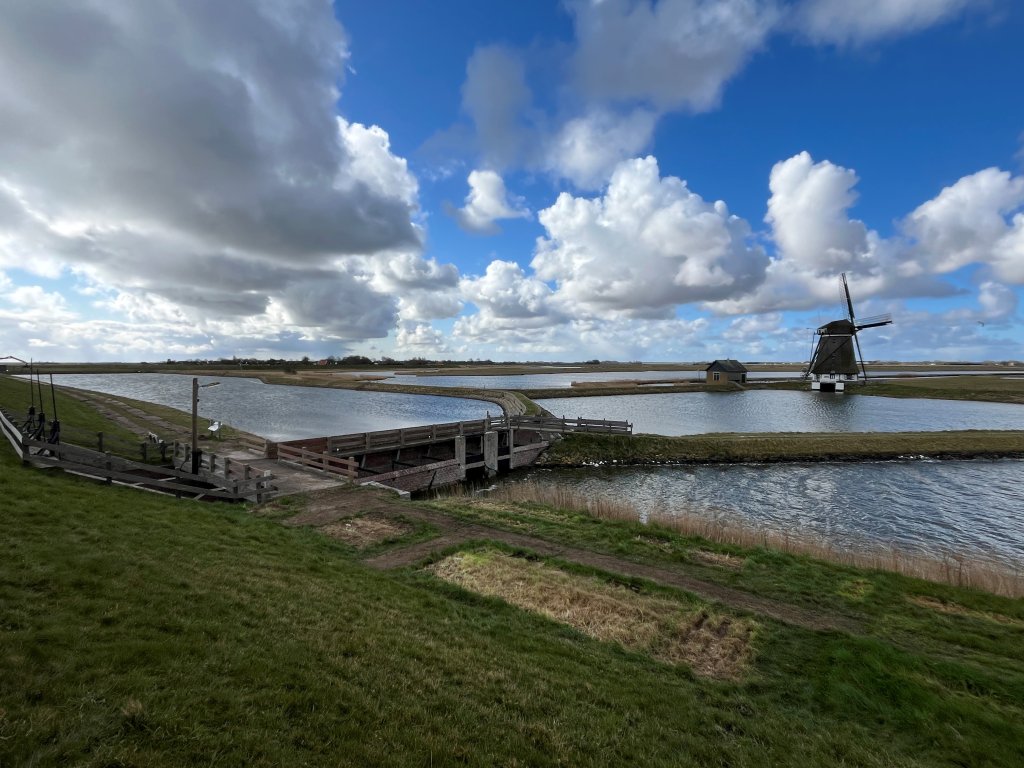
Laying of the foundation stone
When the earthwork for the lock was completed in 1875, the contractor invited the polder board for a celebratory moment. The story goes that the company went in tent wagons to the board's house in the Oost, a neighborhood near Oosterend on Texel. They had a drink there and then went by steamboat to the construction site of the lock. The dike master Simon Keijser then waded through the mud in tall water boots. He climbed a large block of bluestone and addressed those present. He took the opportunity to announce that everything went according to plan, but that the costs were higher. As a result, the polder board unfortunately had to increase the charges by 5 guilders per hectare.
After his speech he laid the foundation stone with a trowel after which the secretary S.Pzn. Keijser and the mayor D.C. Loman also symbolically laid a foundation stone in order to avoid mutual cross-eyedness.
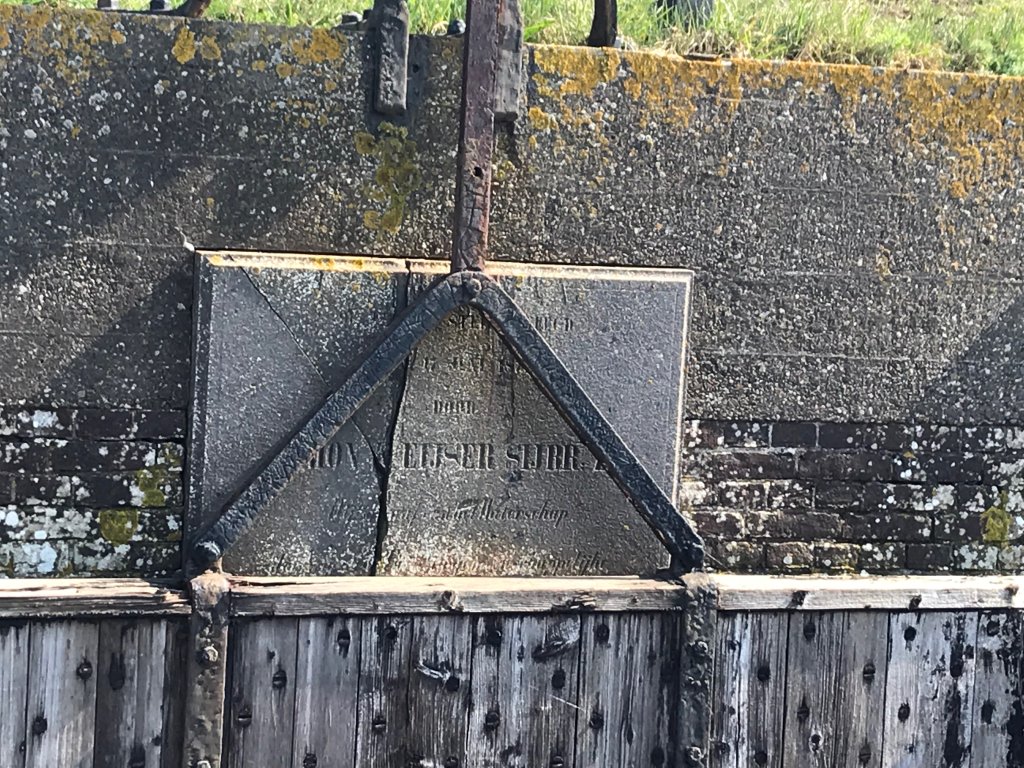
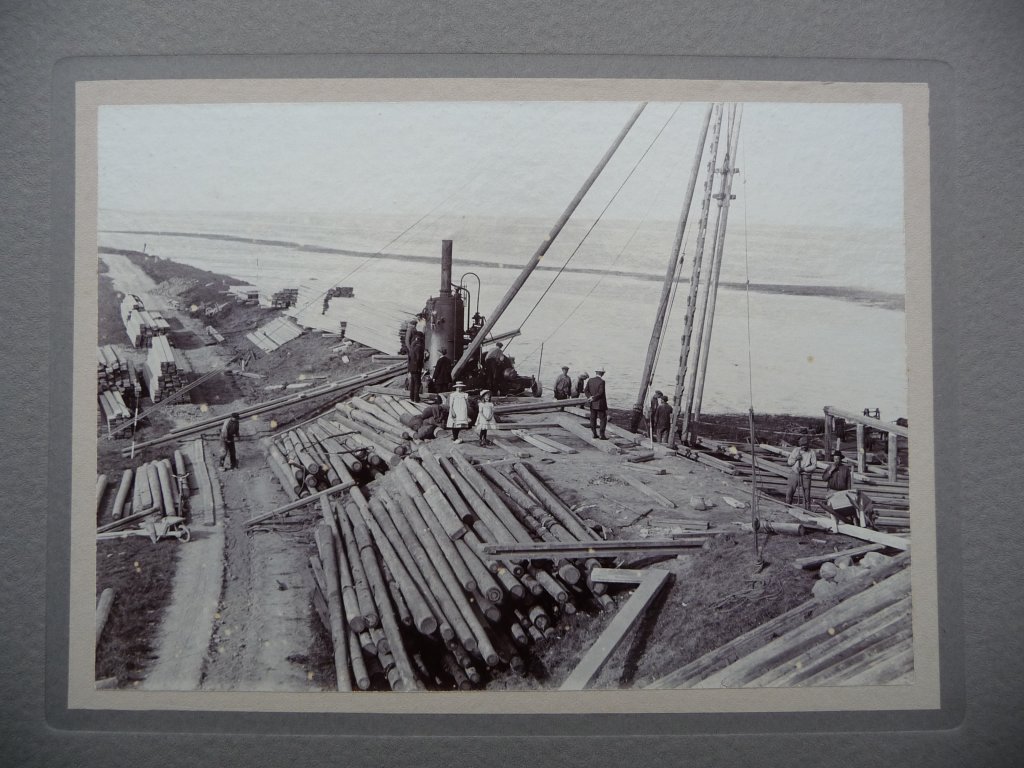
Polder The North
When the salt marsh area was reclaimed as polder Het Noorden in 1875-1876, the necessary arrangements were made with the neighboring polders Waal and Burg, Eierland and the Eendracht. The excess water of the three polders came together in polder Het Noorden and had to be discharged into the sea on the outside water. This required a sluice in the sea dike to discharge the water of the three polders at low tide.
Initially it did not seem necessary to build a large polder mill. Already in 1878 the new polder turned out to be too swampy so a mill was built to pump away the excess water. The foundation stone was laid on August 12, 1878 and it cost 31,090 guilders. The first miller was G. Dekker Fzn from Wieringerwaard who received 150 guilders as miller's wages. That was well paid because a miller in the Schermer earned around 100 guilders a year at that time. He was also allowed to build a house or barn and he was allowed to keep a goat or sheep. In 1913 an auxiliary pumping station was built next to the mill. In 1965 the mill was decommissioned.
The lock has three lock gates that can slide vertically, one for each feeder channel. The artwork is made of brick with reinforcements in bluestone at the corners. Above the middle slide is the bluestone plaque commemorating the laying of the foundation stone by the dike grave. The three supply channels could be closed or opened, also by means of vertically sliding wooden doors.

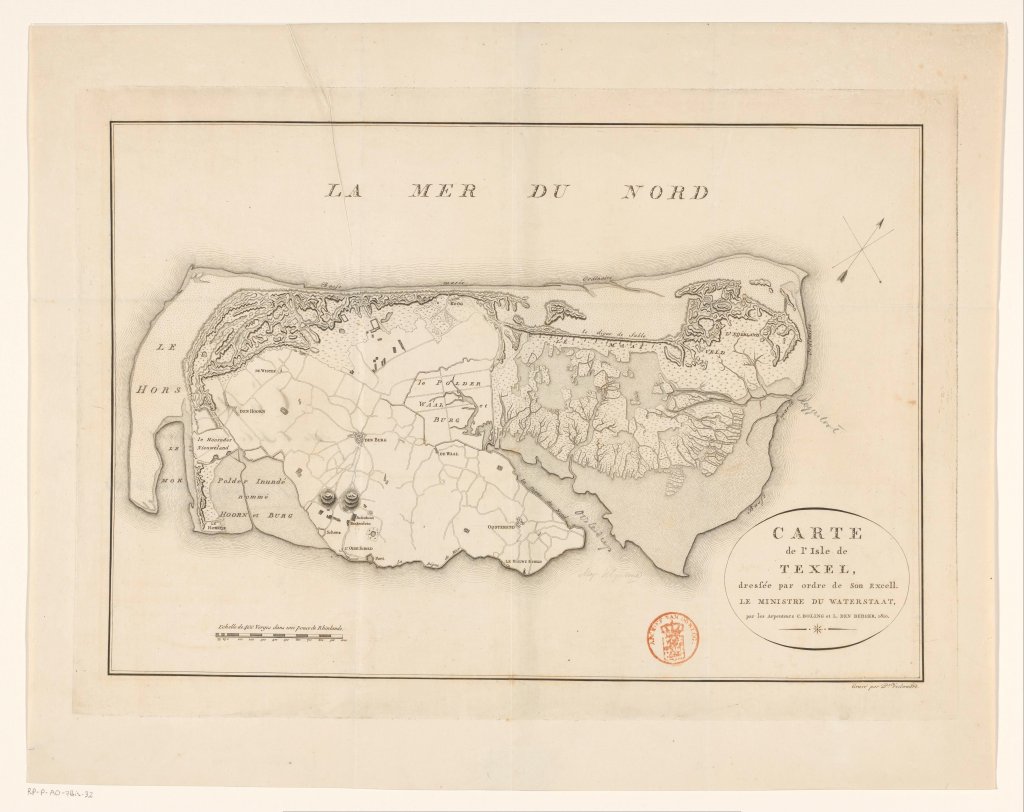
Out of use
When Rijkswaterstaat raised the dikes on Texel to Delta height in 1979/1980, the lock was closed and the section on the Wadden Sea side was removed. Half a kilometer away, Krassekeet pumping station was then built. A new drainage came through the dike. Presumably the brick walls on the landward side of the old lock were then raised with a concrete layer. When Hoogheemraadschap Hollands Noorderkwartier worked on the Wadden Sea dike as part of the HWBP around 2019/2020, no further maintenance work was done on the lock.
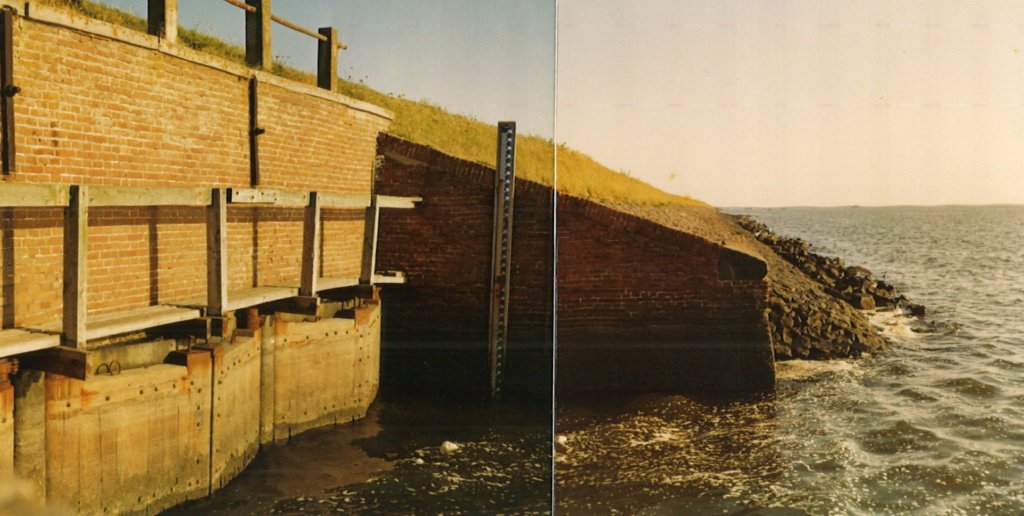

Lock restoration
By 2024, the monumental lock had looked lost for quite a few years. This was only logical: it had not been used for almost 50 years. The pointing and masonry were very poor, the ironwork rusted, and the natural stone also needed repair. In 2024-2025, the overdue maintenance was taken care of. To do justice to the authenticity of this National Monument, the intervention was kept to a minimum, under the motto: as much as necessary and as little as possible.

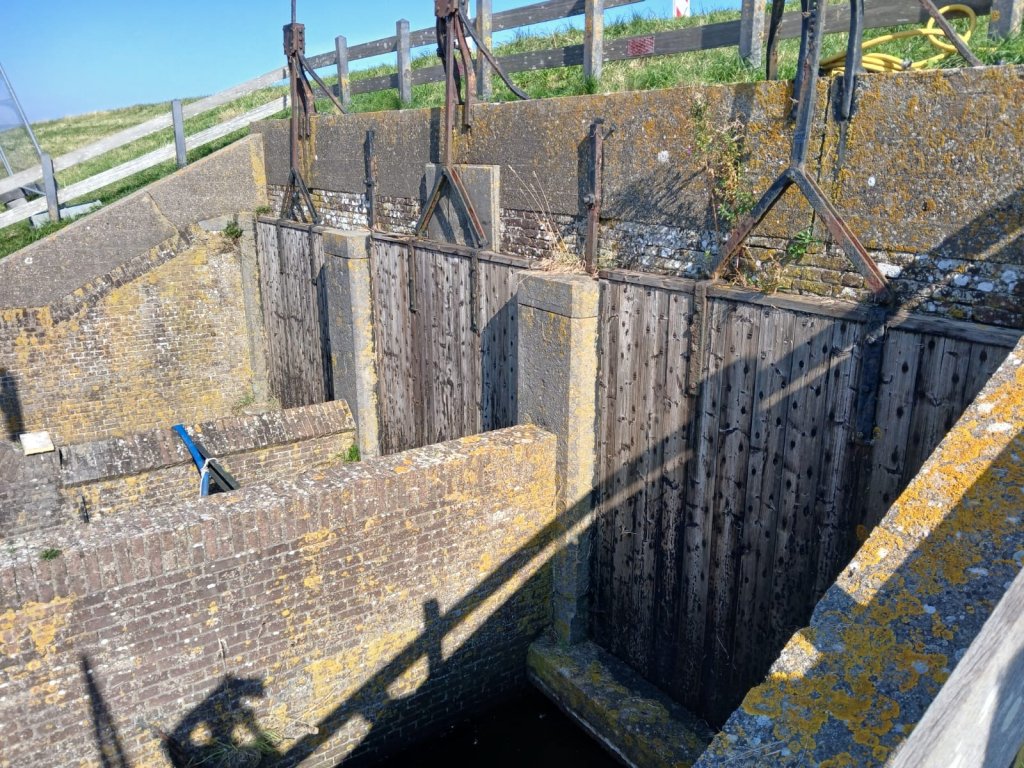
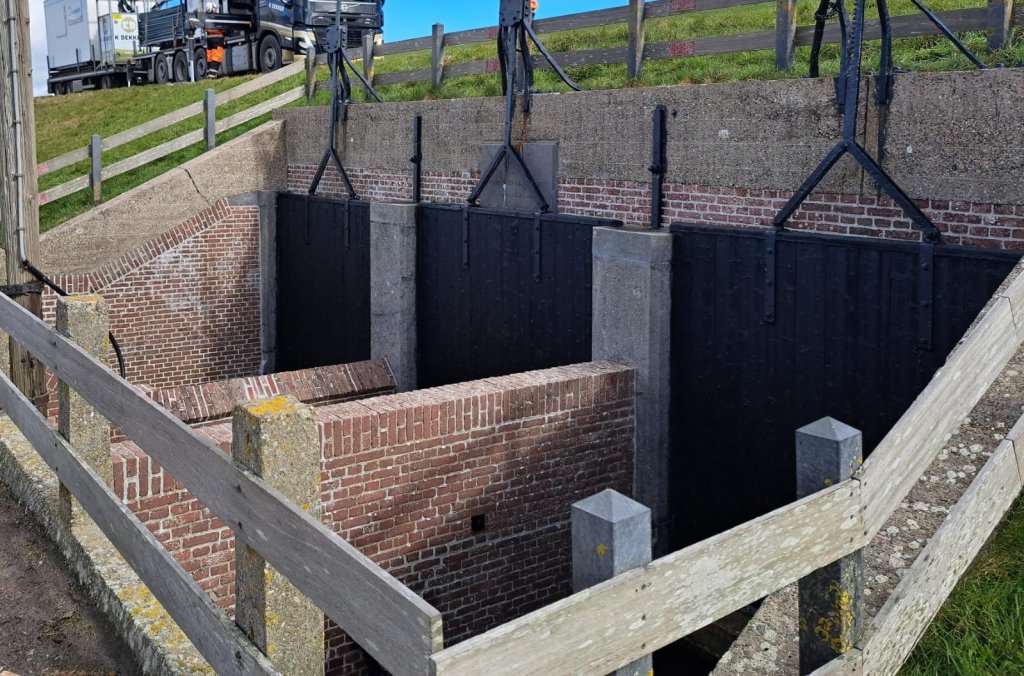
Additional
- Those who walk the third leg of the Rondje Texel from De Cocksdorp to Oudeschild will pass the outlet sluice (Wandelnet).
- The bike route along bird-friendly fields passes the lock (Bicycle Network).
- Polder Mill The North is owned by Natuurmonumenten and is sometimes open to the public.